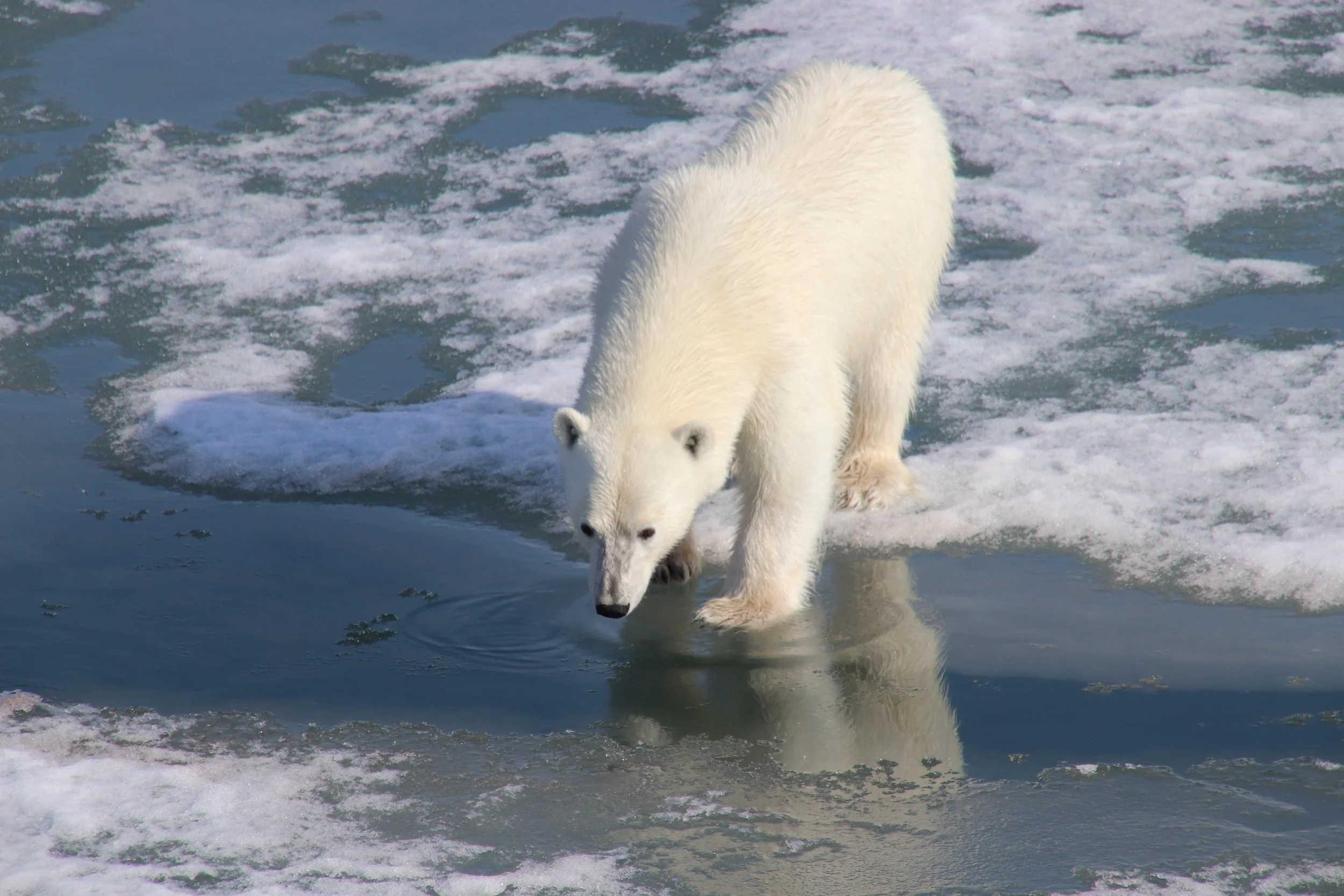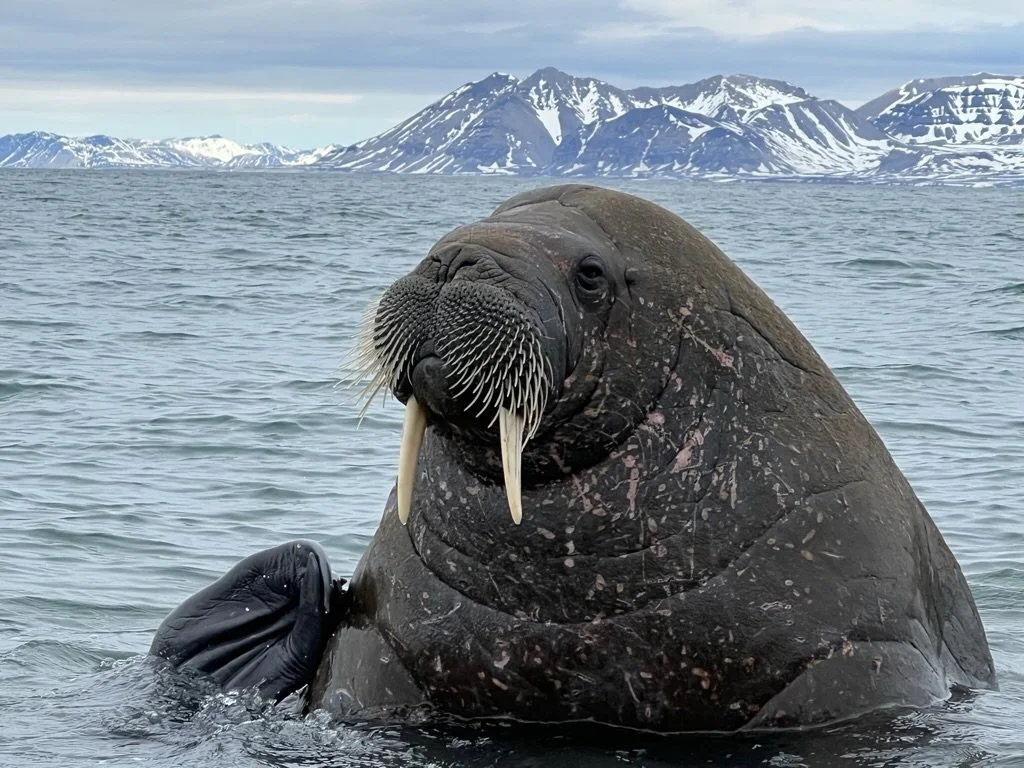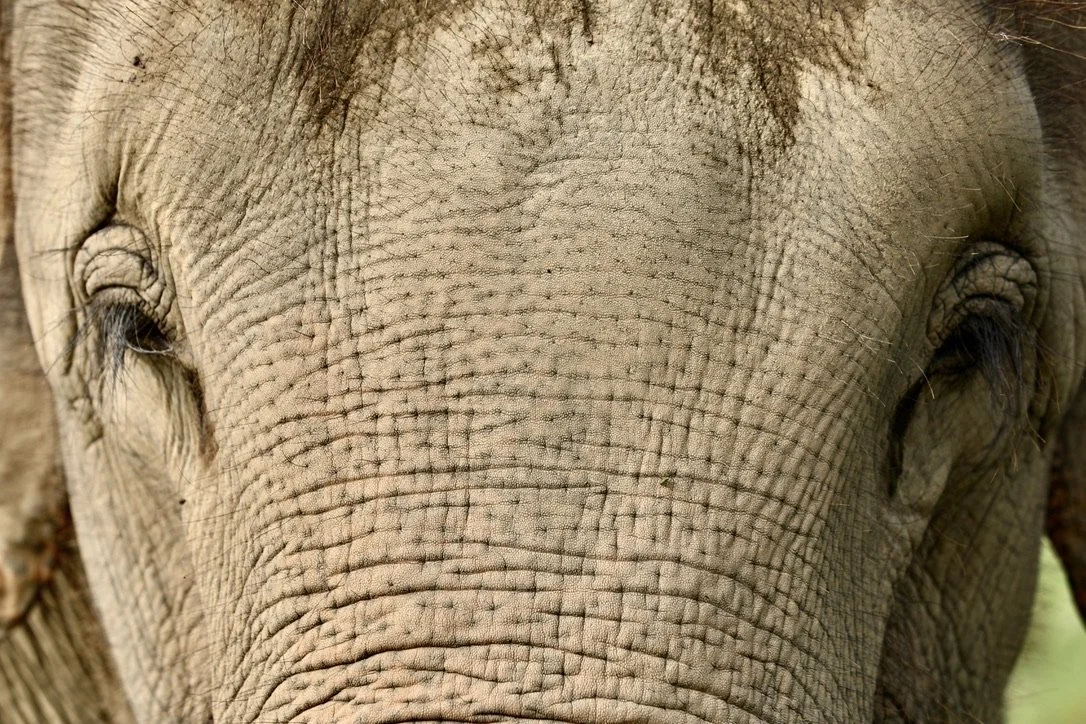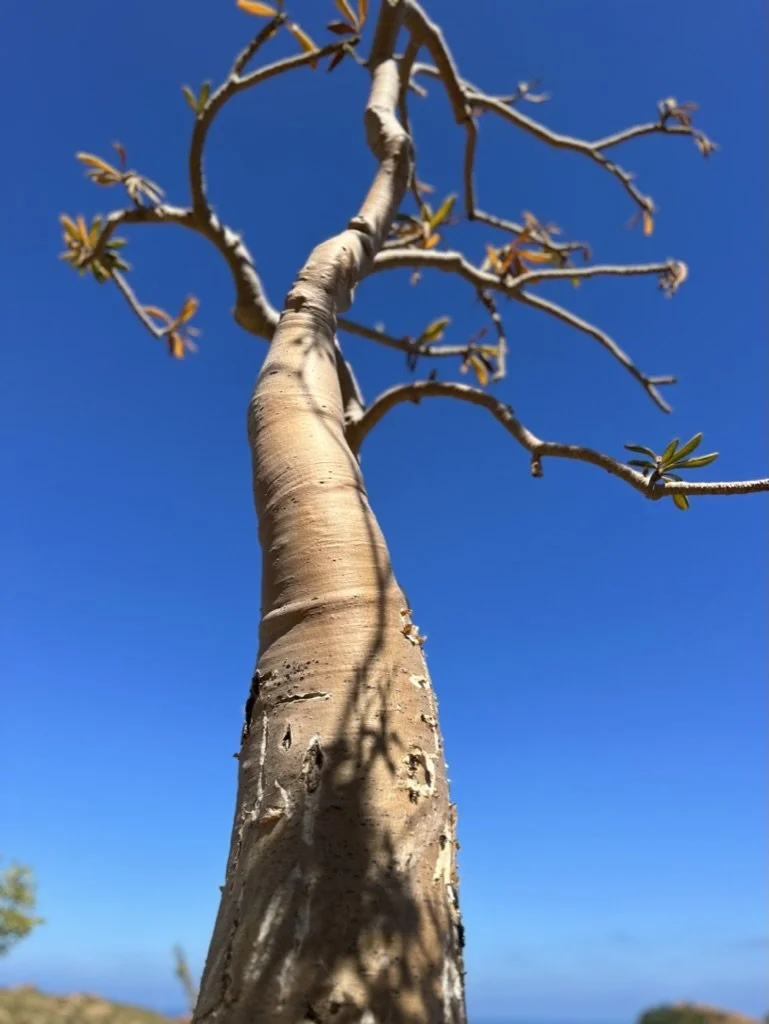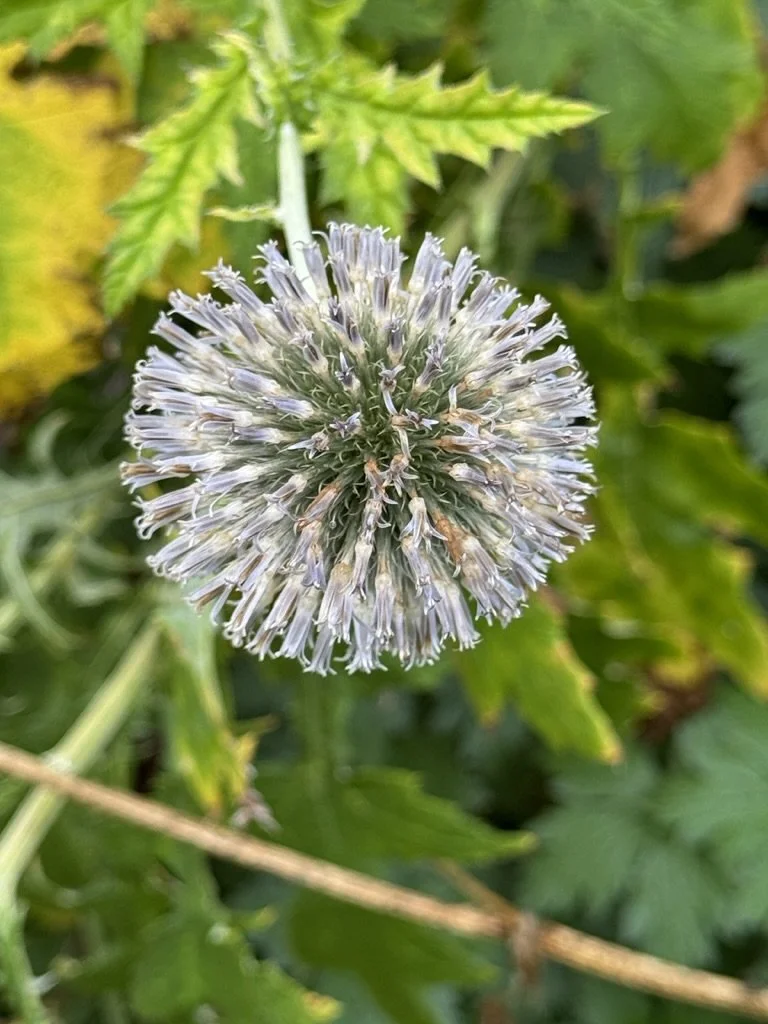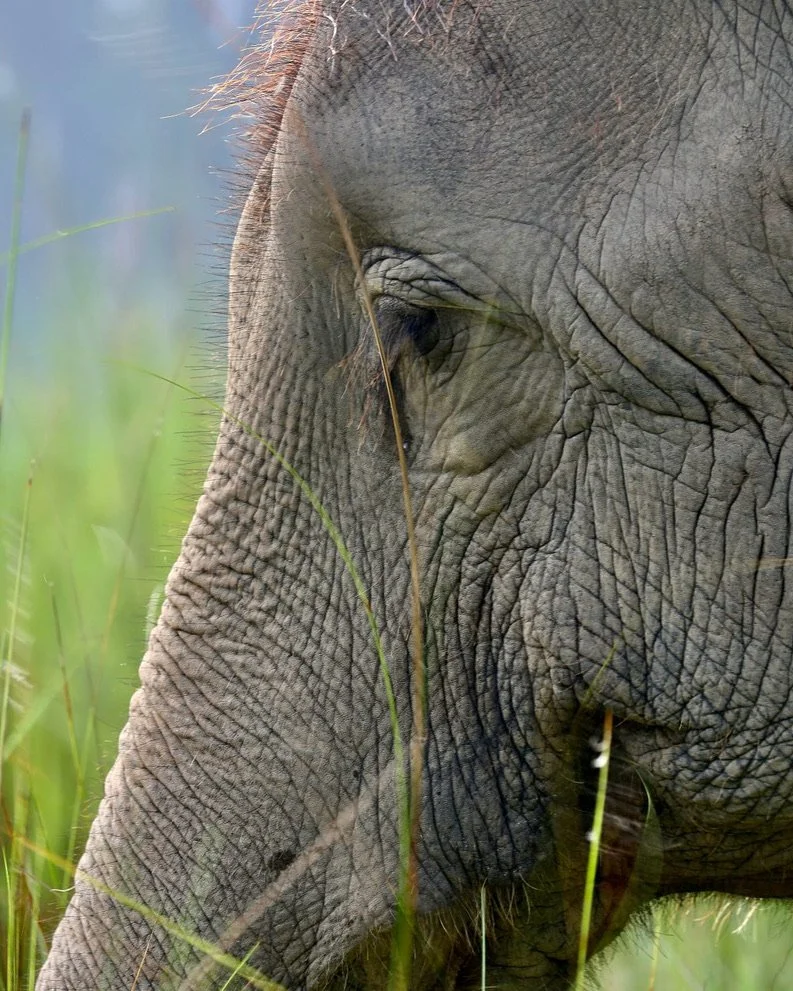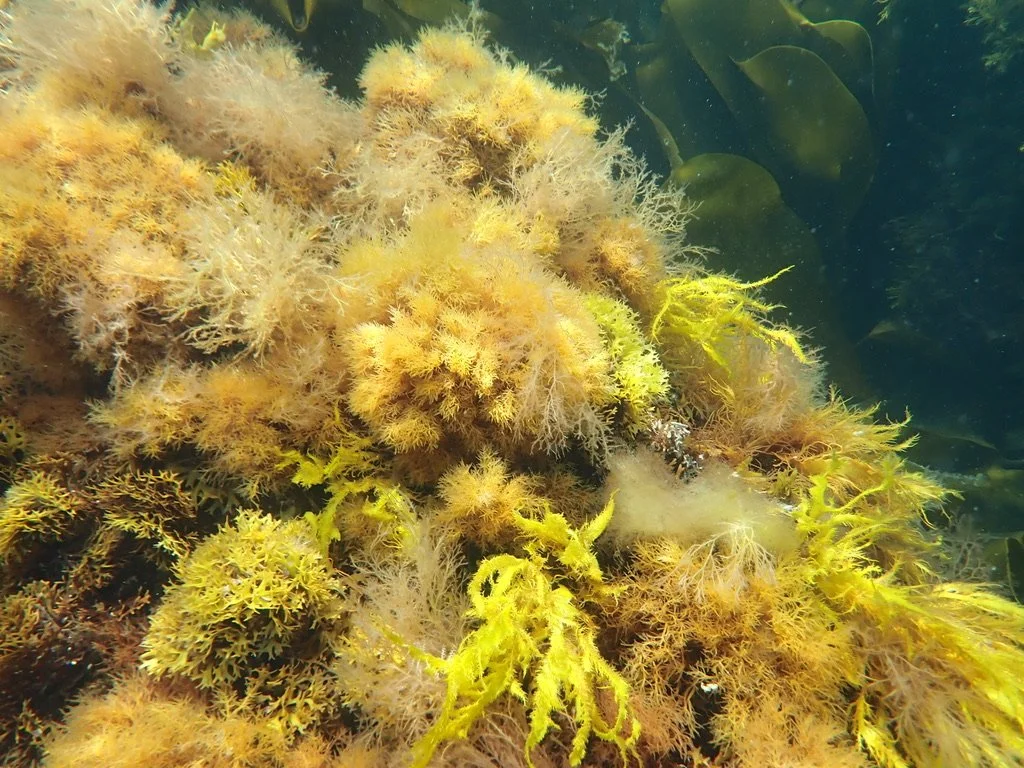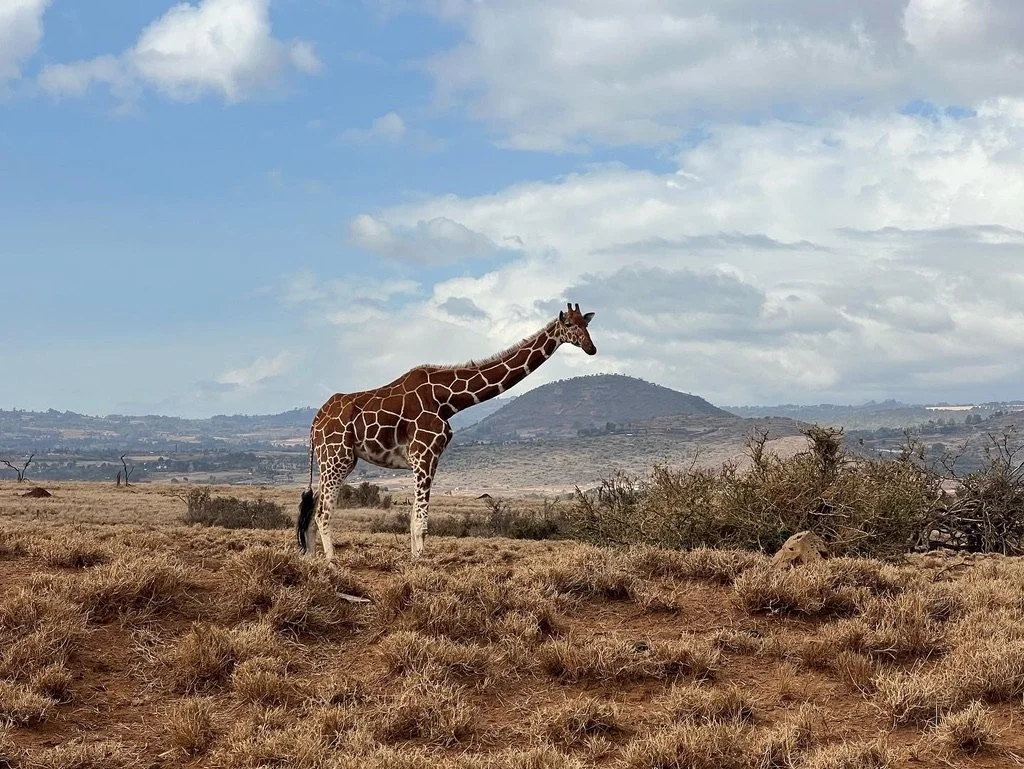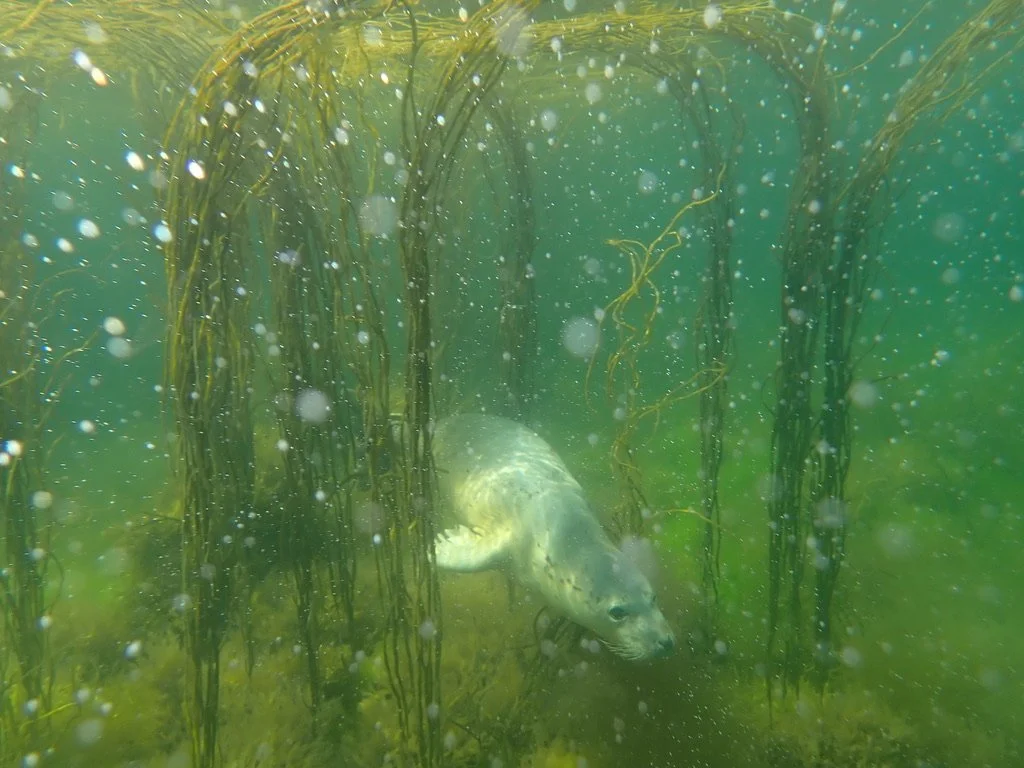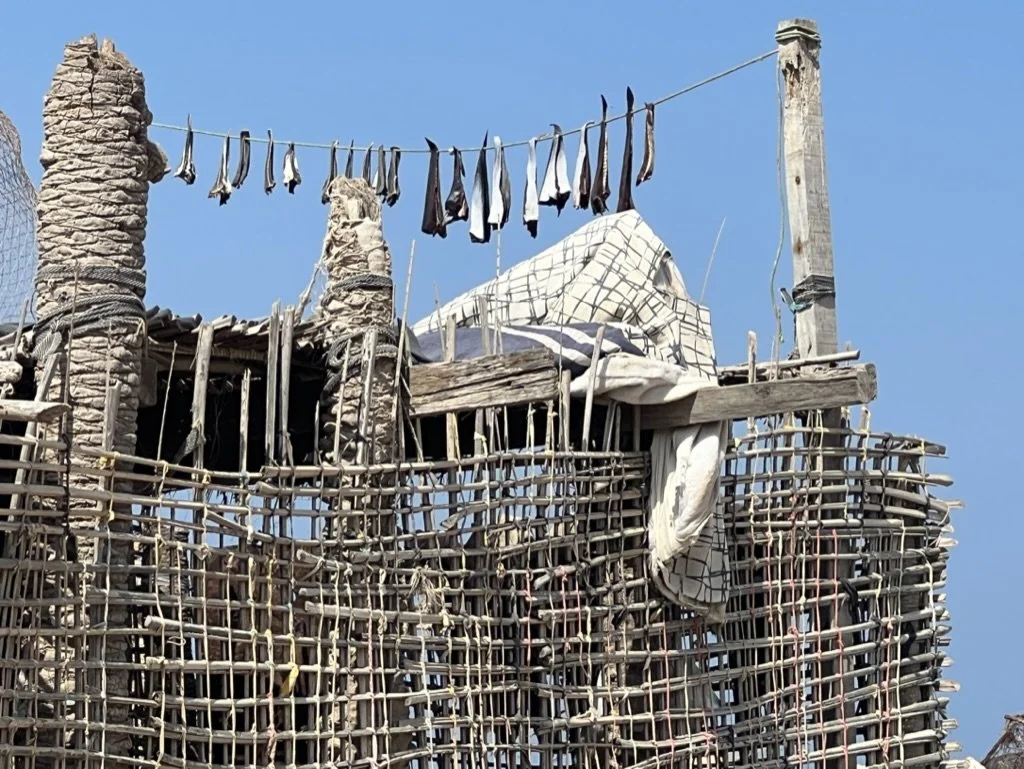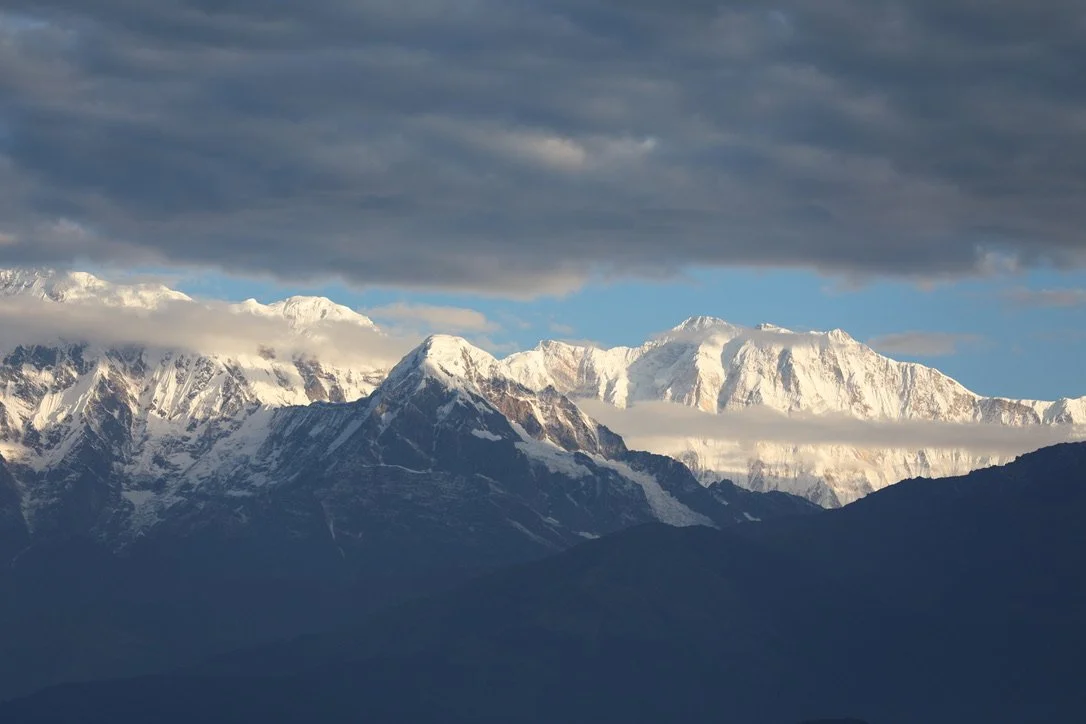
Conservation, collaboration and communication
iNature isn’t much more than a notional idea at the moment but none of us can be unaware of the impact of 8 million living, eating and consuming humans on the environment and habitat of all species, most of whom, unlike most of us, can only react to climate change and its repercussions.
I get so much wrong but, as I consider my own relationship with nature, I keep asking the same question: what can I do? What small changes can I make? Because if I can make them, so can others, and together we can do so much to halt this decline in biodiversity and destruction of our environment.
And there are so many people who are making a difference.
iNature was inspired by a man named Ahmed who lives on Socotra, the home of the last remaining forest of the endangered Dragon Blood Tree.
The tiny Yemeni island is in the middle of the Arabian sea and to get there I took a commercial dhow loaded with 300 cartons of chocolate milk and building materials (I could have taken the ‘humanitarian flight’ but that’s me).
Ahmed met me at the port and took me to see his garden, an oasis of calm surrounded by a mud wall in the midst of a tiny dusty city, Hadibo. Dragon Blood Tree seedlings take thirty years to grow to a bush 18 inches high. Eventually it reaches 15 - 20 feet and lives for 700 - 1000 years. Tall palms shade these pubescent trees in their Garden of Eden. It’s not their natural habitat. They prefer it cooler.
Dragon Blood trees thrive at 700 metres a.s.l but the island has been overrun by goats; approximately 450,000 and counting, so the last remaining Dragon Blood forest in the world has no young trees and is listed on the IUCN Red List of Threatened Species as ‘vulnerable’. For thirty years Ahmed and his family have been working to provide a solution.
But here’s the rub. They did their work on 100$ a month provided by a fund from the government of Yemen, 350 miles away, but as war overtook their homeland, the fund dried up. Undeterred Ahmed’s family continued to foster the seedlings.
How many Ahmed’s are there in the world? People working to save animal and plant species who are unsupported, either because of lack of awareness or connections, or of conflict on the ground or in the head’s of humans?
As I travel, I podcast, post and pepper people’s imagination with ideas and knowledge of the work being done by conservationists on the ground, in the bush, under the water or above us in the sky in the hope that as I do, others too will consider their own relationship with nature.
“Annabel is among our most trusted, knowledgeable and cherished reviewers. Her beautiful, meticulous and honest copy shows the depth of her experience. She embraces the adventures in transformation offered by each retreat. I believe her appreciation of the power of retreating helps fuel her activism as a leading voice in conservation”
Victoria Spicer, Co-Founder, The Global Retreat Company

